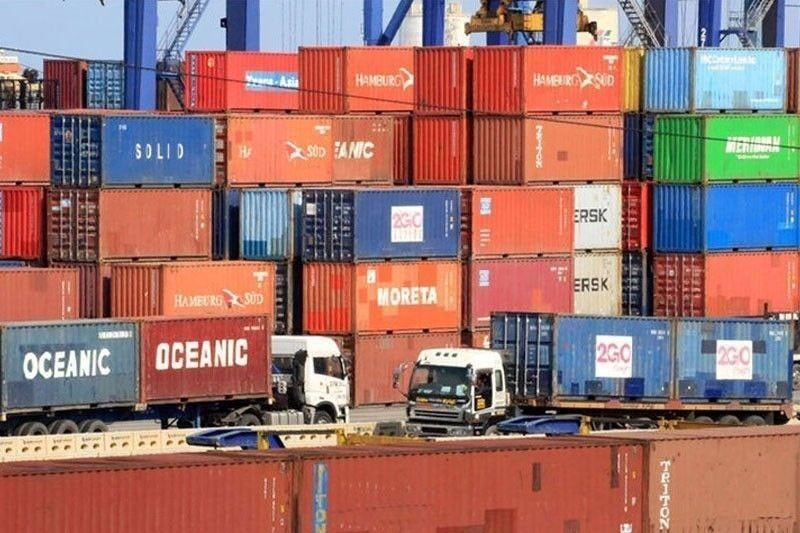Garment exports expected to rise by 2 percent next year

MANILA, Philippines — The country’s exports of garments, textile and apparel are seen to grow by two percent next year to around $1.33 billion as industry players expand into new markets to boost revenues, according to an official of the Foreign Buyers Association of the Philippines (FOBAP).
In a statement, FOBAP president Robert Young said that 2024 would “not be an easy year” for the sector amid Russia’s invasion of Ukraine and the Israel-Hamas war causing disturbances in the supply chain.
Young said they are now looking for other markets that can be tapped aside from the current export markets which include the United States, Canada, European Union (EU) and Association of Southeast Asian Nations (ASEAN).
“So we are now looking for some other countries in South America and in the Middle East, we are now talking to them which somehow can add up to our production quantity,” said Young, who is also trustee for the textile, yarn and fabric sector of the Philippine Exporters Confederation Inc.
“We are already in the process of receiving orders from the new markets and the usual markets, they are still there. However, (these are) not as big as last year,”he added.
Young sees high demand for basic wearables and fast fashion or high-end garments next year.
He said the achievement of two-percent export growth by the middle of next year also hinges on government initiatives on establishing more free trade agreements (FTAs) with other countries, and a remedy to reduce power cost in the country or provision of energy subsidy especially in the export sector.
“Our free on board price is 15 percent higher than the ASEAN competitors therefore, it will be not an easy task for us in getting the appropriate quantity for our production,” he said.
Young said more FTAs and lower or subsidized power costs can somehow ease up production costs.
He also particularly cited the extension of the EU’s Generalized Scheme of Preferences Plus (GSP+) as another factor to boost the sector’s revenues.
“As far as productivity is concerned, we are ready and we have ample laborers as of now. This is due to lesser production orders,” he added.
Young also expressed hope that the labor cost would be maintained amid the proposed P150 legislated wage hike.
He said the proposal would deter the industry’s plan to increase the export revenue in the middle of 2024.
- Latest
- Trending


























